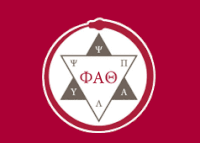Abstract
“How White was the Wash?: Bloody Sunday, 1972, and Memory Creation in the Widgery Report” focuses on the memory of Bloody Sunday, 1972, in which British soldiers killed thirteen Catholic Northern Irish civilians during a civil rights march, and the ensuing struggle over memory of that event. Recent scholars have dismissed the official memory of that event, the Widgery Report, as hegemonic, but this article argues that to do so ignore sthe greater complexity of Widgery's task in chairing the tribunal that decided on the report. By focusing on a number of the less-commonly analyzed parts of the Bloody Sunday memory, including the multi-faceted nature of the already existing memories, it illustrates Widgery’s motives of mediation rather than suppression, as well as his limited power in controlling the vernacular memory that would ultimately preside. This article analyzes the Widgery Report's memory of Bloody Sunday, 1972, as well as the context in which it was written, to argue that the intent of the report was much more complex than simple hegemony, but rather to mediate between the Army and Catholic versions of the memory for a more acceptable official memory that would bring some peace.
Recommended Citation
Ganderup, Sarah
(2010)
"How White Was the Wash?: Bloody Sunday, 1972, and Memory in the Creation of the Widgery Report,"
Voces Novae: Vol. 2, Article 10.
Available at:
https://digitalcommons.chapman.edu/vocesnovae/vol2/iss1/10


